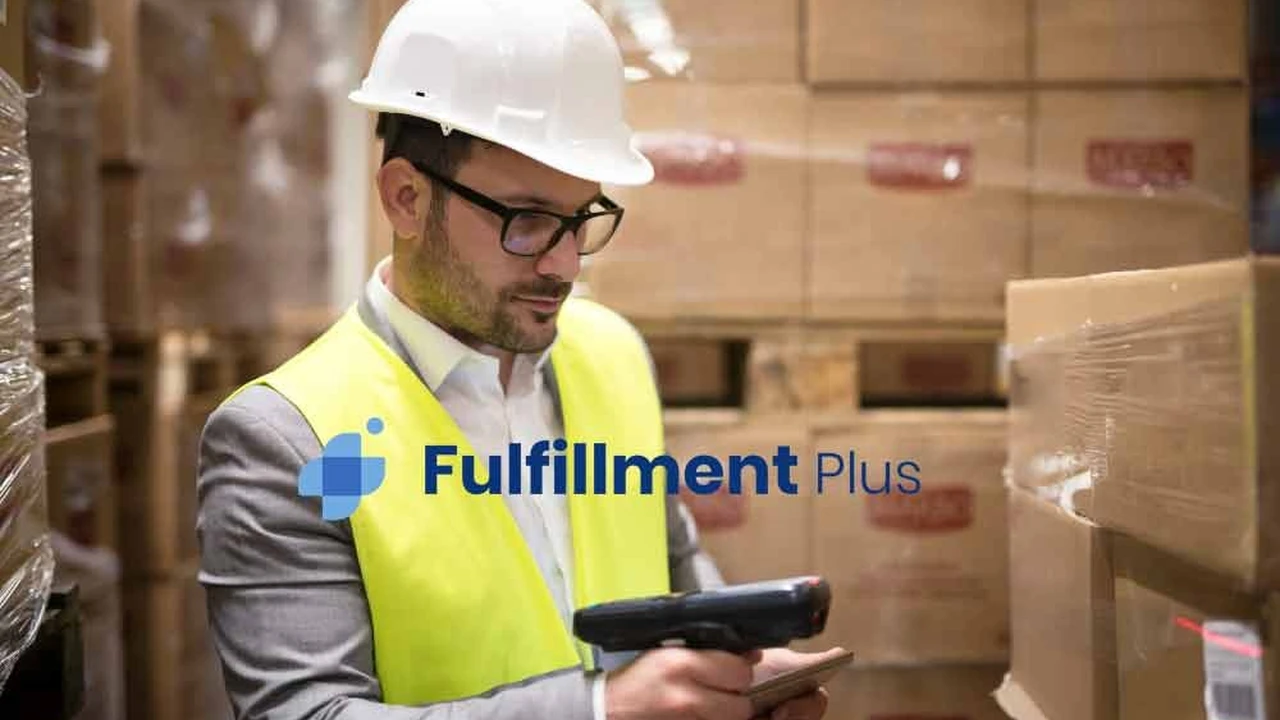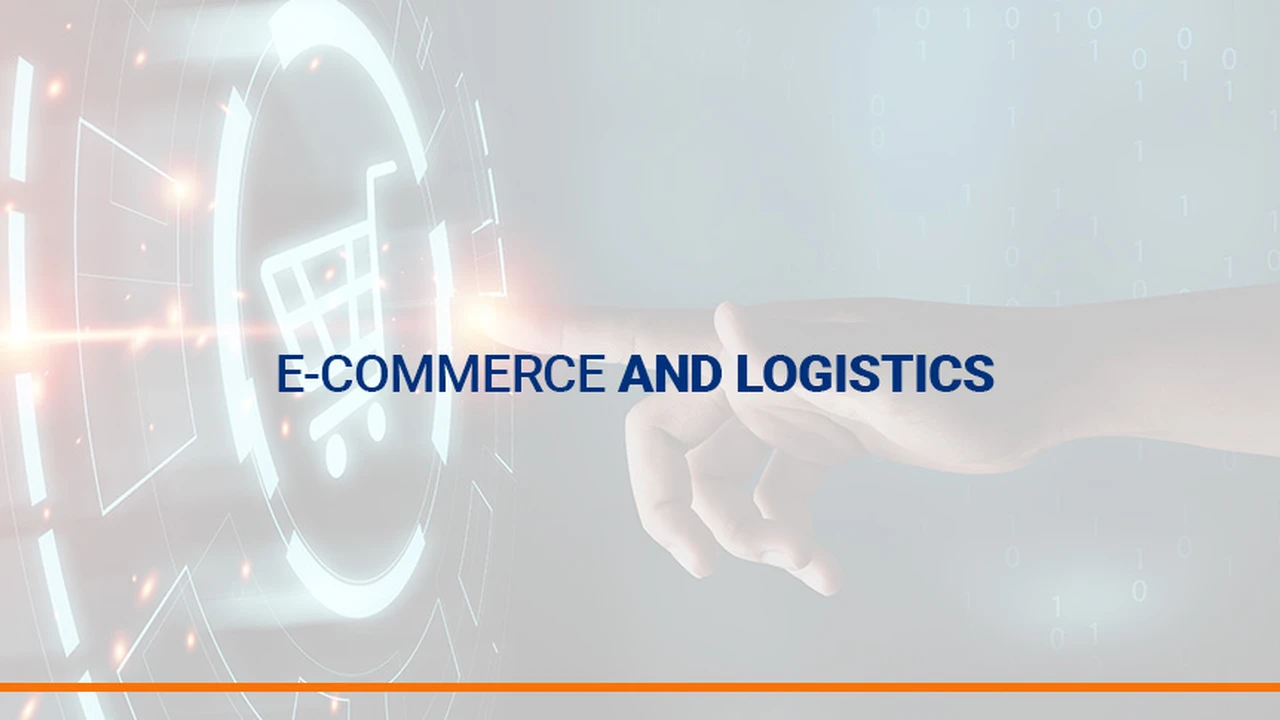The Impact of Logistics on Marketplace Sales in SEA & Mexico
Okay, here's the complete article content, focusing on the impact of logistics on marketplace sales in Southeast Asia (SEA) & Mexico, including product recommendations, usage scenarios, comparisons, pricing, and SEO optimization as requested.Sample meta description.

Understanding the E-commerce Landscape Logistics Challenges in Southeast Asia SEA and Mexico
Okay, let's dive into why logistics is *such* a big deal for online marketplaces in Southeast Asia and Mexico. These aren't your average e-commerce markets. We're talking about regions with diverse geography, varying levels of infrastructure, and a whole lot of different consumer expectations. Think bustling cities, remote islands, and everything in between. This presents a unique set of logistical hurdles that can make or break an online marketplace's success.
In SEA, you've got countries like Indonesia, the Philippines, Thailand, Vietnam, Malaysia, and Singapore, each with its own quirks. Indonesia, for example, is an archipelago of thousands of islands, making last-mile delivery a real headache. The Philippines faces similar challenges. Thailand and Vietnam have rapidly growing e-commerce markets but still grapple with traffic congestion and underdeveloped logistics networks. Malaysia and Singapore, while more developed, still need to optimize for speed and cost-effectiveness.
Mexico, on the other hand, faces challenges related to infrastructure in certain regions, security concerns, and varying levels of internet penetration. Reaching rural areas can be tricky, and ensuring secure delivery is paramount.
The Direct Correlation How Logistics Impacts Sales and Customer Satisfaction in SEA and Mexico
So, how does all this translate into actual sales? Simple: bad logistics equals lost sales. Think about it: if a customer orders something online and the delivery takes forever, or the package arrives damaged, or they can't even track their order, they're not going to be happy. And unhappy customers don't come back. Word-of-mouth (or word-of-social-media) can spread like wildfire, damaging a marketplace's reputation.
On the flip side, efficient and reliable logistics can be a major competitive advantage. Offer fast shipping, transparent tracking, and hassle-free returns, and you'll see customer satisfaction soar. Happy customers are repeat customers, and they're more likely to recommend your marketplace to others.
Let’s talk numbers. Studies have shown that delivery speed is a major factor influencing purchasing decisions in both SEA and Mexico. Customers are willing to pay a premium for faster shipping, especially for urgent items. Similarly, clear and accurate delivery tracking builds trust and reduces anxiety, leading to higher conversion rates.
Key Logistics Challenges and Solutions for E-commerce Marketplaces in SEA and Mexico
Let's break down some of the biggest logistical headaches and how marketplaces are tackling them:
* **Last-Mile Delivery:** This is often the most expensive and challenging part of the process. Solutions include: * **Hyperlocal Delivery Networks:** Partnering with local delivery services that know the area inside and out. * **Click-and-Collect:** Allowing customers to pick up their orders at convenient locations. * **Smart Lockers:** Secure drop-off points for unattended deliveries. * **Optimized Routing:** Using technology to find the most efficient delivery routes. * **Infrastructure Limitations:** Poor roads, unreliable electricity, and limited internet access can all hinder logistics. Solutions include: * **Investing in Infrastructure:** Marketplaces can work with local governments to improve infrastructure. * **Using Alternative Transportation:** Motorbikes, boats, and even drones can be used to reach remote areas. * **Mobile-First Solutions:** Developing mobile apps that work well even with limited internet connectivity. * **Payment Processing:** Many consumers in SEA and Mexico still prefer to pay with cash. Solutions include: * **Cash on Delivery (COD):** A popular option, but it requires careful management to minimize fraud and returns. * **Digital Wallets:** Integrating with popular digital wallets like GoPay, OVO, and Mercado Pago. * **Partnerships with Banks:** Offering installment payment options and other financial services. * **Cross-Border Logistics:** Shipping goods between countries can be complex and expensive. Solutions include: * **Free Trade Agreements:** Leveraging trade agreements to reduce tariffs and streamline customs procedures. * **Consolidated Shipping:** Combining multiple orders into a single shipment to reduce costs. * **Local Warehousing:** Establishing warehouses in key markets to reduce delivery times.Product Recommendations and Usage Scenarios Optimizing Logistics for Marketplace Success
Okay, let's get practical. Here are some product recommendations and usage scenarios to illustrate how logistics can be optimized for different types of products:
* **Scenario 1: Fashion Apparel (e.g., dresses, shirts, shoes)** * **Product:** Poly Mailers with Custom Branding * **Usage:** Lightweight and durable packaging for clothing items. Print your marketplace's logo on the mailer for brand visibility. * **Comparison:** Cardboard boxes are more protective but also more expensive and heavier, increasing shipping costs. Poly mailers are ideal for items that are not easily damaged. * **Pricing:** $0.10 - $0.50 per mailer, depending on size and customization. * **Scenario 2: Electronics (e.g., smartphones, headphones, chargers)** * **Product:** Anti-Static Bubble Wrap and Sturdy Cardboard Boxes * **Usage:** Protect delicate electronics from damage during transit. Use anti-static bubble wrap to prevent electrical damage. * **Comparison:** Standard bubble wrap doesn't offer anti-static protection, which is crucial for electronics. Using a flimsy box can lead to crushing and damage. * **Pricing:** Anti-static bubble wrap: $0.15 - $0.30 per square foot. Cardboard boxes: $1 - $5 per box, depending on size and thickness. * **Scenario 3: Food Delivery (e.g., prepared meals, groceries)** * **Product:** Insulated Food Delivery Bags and Temperature Monitoring Devices * **Usage:** Maintain food temperature during delivery to ensure freshness and safety. Use temperature monitoring devices to track temperature fluctuations. * **Comparison:** Regular bags don't provide insulation, leading to temperature changes that can spoil food. * **Pricing:** Insulated food delivery bags: $10 - $50 per bag. Temperature monitoring devices: $20 - $100 per device. * **Scenario 4: Furniture (e.g., chairs, tables, shelves)** * **Product:** Furniture Blankets, Straps, and Corner Protectors * **Usage:** Protect furniture from scratches, dents, and other damage during transit. Use straps to secure furniture in the delivery vehicle. * **Comparison:** Moving furniture without proper protection can result in significant damage, leading to returns and customer dissatisfaction. * **Pricing:** Furniture blankets: $10 - $30 per blanket. Straps: $5 - $15 per strap. Corner protectors: $1 - $5 per protector.Leveraging Technology and Data Analytics for Logistics Optimization in Southeast Asia and Mexico
Technology is a game-changer when it comes to logistics. Here are some key areas where technology can make a big difference:
* **Route Optimization Software:** This software uses algorithms to find the most efficient delivery routes, taking into account factors like traffic congestion, road conditions, and delivery time windows. * **Warehouse Management Systems (WMS):** WMS helps manage inventory, track orders, and optimize warehouse operations. * **Delivery Tracking Apps:** These apps allow customers to track their orders in real-time, providing transparency and reducing anxiety. * **Data Analytics:** Analyzing logistics data can help identify bottlenecks, optimize processes, and improve efficiency. For example, you can track delivery times, identify areas with high return rates, and monitor customer feedback to identify areas for improvement.The Future of Logistics in E-commerce in SEA and Mexico Trends and Predictions
What does the future hold for logistics in e-commerce in Southeast Asia and Mexico? Here are some trends to watch:
* **Increased Automation:** We'll see more automation in warehouses and delivery operations, with robots and drones playing a bigger role. * **Same-Day Delivery:** Same-day delivery will become more common, driven by increasing customer expectations. * **Sustainable Logistics:** More emphasis will be placed on sustainable logistics practices, such as using electric vehicles and reducing packaging waste. * **AI-Powered Logistics:** Artificial intelligence will be used to optimize logistics processes, predict demand, and personalize the customer experience.Partnering with Third-Party Logistics 3PL Providers for Scalable Growth in SEA and Mexico
Many marketplaces choose to partner with third-party logistics (3PL) providers to handle their fulfillment and delivery needs. 3PL providers can offer a range of services, including warehousing, order fulfillment, shipping, and returns management.
Choosing the right 3PL provider is crucial. Consider factors like their experience in your industry, their geographical coverage, their technology capabilities, and their pricing. Also, make sure they have a strong track record of reliability and customer service.
Building a Robust Returns Management System for Increased Customer Loyalty in SEA and Mexico
Returns are an inevitable part of e-commerce. Having a smooth and efficient returns process can significantly impact customer satisfaction and loyalty.
Make your returns policy clear and easy to understand. Offer multiple return options, such as free returns, in-store returns, and prepaid shipping labels. Process returns quickly and efficiently, and provide prompt refunds or replacements.
Mobile-First Logistics Solutions Catering to the Unique Needs of Consumers in SEA and Mexico
Given the high mobile penetration rates in SEA and Mexico, mobile-first logistics solutions are essential. Develop mobile apps that allow customers to track their orders, manage their returns, and communicate with customer support.
Optimize your website and mobile app for mobile devices, ensuring that they are easy to navigate and load quickly. Offer mobile payment options and integrate with popular mobile wallets.
The Importance of Data Security and Privacy in E-commerce Logistics in SEA and Mexico
Protecting customer data is paramount. Implement robust security measures to prevent data breaches and protect sensitive information.
Comply with all relevant data privacy regulations, such as GDPR and local data privacy laws. Be transparent about how you collect, use, and share customer data.
:max_bytes(150000):strip_icc()/277019-baked-pork-chops-with-cream-of-mushroom-soup-DDMFS-beauty-4x3-BG-7505-5762b731cf30447d9cbbbbbf387beafa.jpg)






